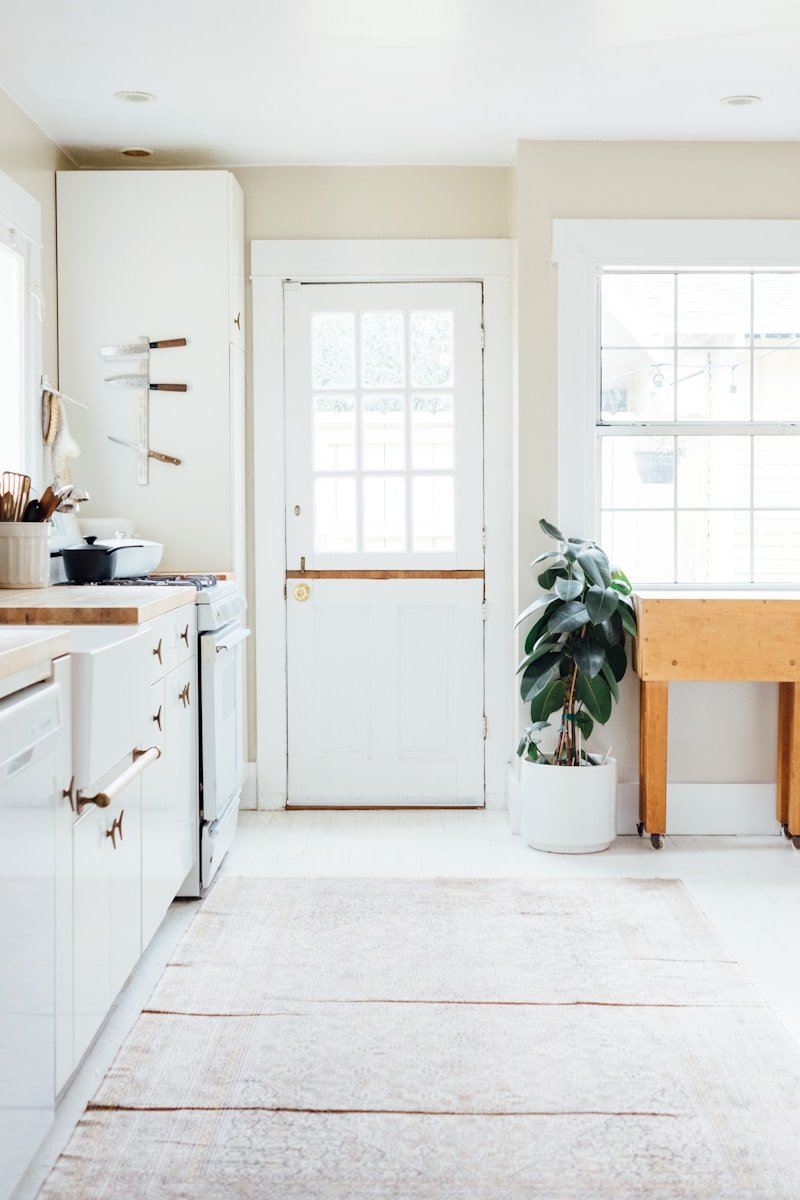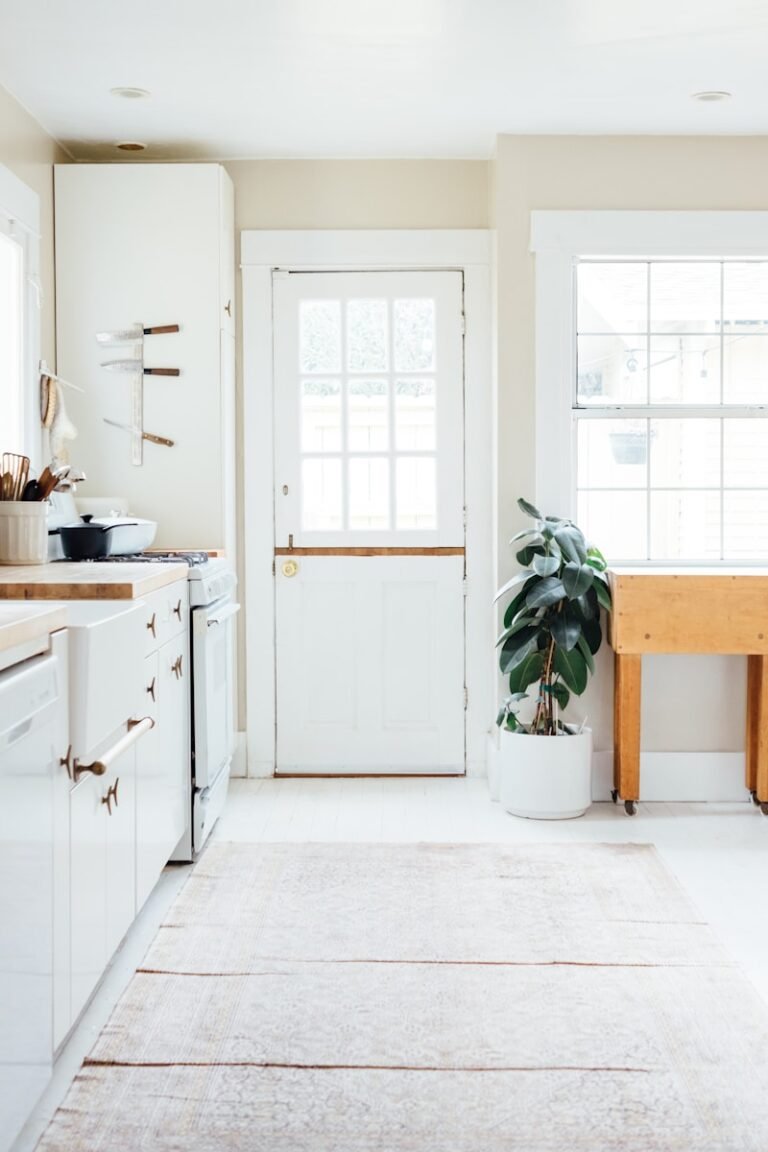Physical Address
304 North Cardinal St.
Dorchester Center, MA 02124
Physical Address
304 North Cardinal St.
Dorchester Center, MA 02124


Minimalism is more than just a trend; it’s a profound shift in how we live, consume, and interact with the world. It empowers individuals to focus on what truly matters, while simultaneously reducing their environmental impact and saving money. In this comprehensive guide, we’ll delve deep into how embracing minimalism can transform your finances, simplify your life, and contribute to a healthier planet.
Minimalism is the art of eliminating excess to focus on what truly brings value and joy to your life. It’s not about deprivation but about intentional living—prioritizing quality over quantity. The goal is to create space for meaningful experiences and relationships by reducing the physical and mental clutter that holds us back.
A minimalist approach can extend to every aspect of life: your wardrobe, home, finances, diet, and even your digital presence.
Minimalism and sustainability go hand in hand. The fewer things you buy, the less strain you place on the environment. Consider these connections:
According to a report from the United Nations Environment Programme (UNEP), overconsumption is a leading driver of climate change. By adopting minimalism, you take an active step toward combating this global issue.
Minimalism not only helps the planet but also significantly improves personal finances. Here’s how:
By purchasing only what you truly need, you can avoid unnecessary expenses. For instance, limiting fast fashion purchases in favor of timeless, durable clothing can save thousands over the years.
Owning fewer items means spending less on upkeep and repairs. For example, a minimalist home may require fewer cleaning supplies and less storage furniture.
Minimalist homes often prioritize energy efficiency. Using fewer appliances and switching to energy-saving solutions like LED lighting can drastically reduce your electricity bills.
A minimalist diet focuses on simple, whole foods rather than pre-packaged or processed items. This approach is healthier and often cheaper in the long run.
Minimalists prioritize quality over quantity, choosing long-lasting products that don’t require frequent replacement. Think about investing in a single high-quality pair of shoes instead of multiple pairs that wear out quickly.
Begin with small areas of your home, like your closet or a single drawer. Ask yourself, “Do I use this regularly? Does it bring me joy?” Donate or recycle items you no longer need.
Invest in multi-functional, durable items. For instance, a high-quality cast iron skillet can replace several cheaper pans.
Reduce paper waste by switching to digital receipts, eBooks, and cloud storage. This also reduces clutter in your home.
Before buying new, check platforms like ThredUp or visit local thrift stores. These options are budget-friendly and eco-conscious.
Shift your focus from material possessions to experiences. Instead of buying gifts, consider giving your loved ones the gift of time or an experience, such as a nature hike or a cooking class.
A cluttered environment often leads to a cluttered mind. Research from the Journal of Environmental Psychology shows that reducing physical clutter can decrease stress and improve focus. Minimalism provides mental clarity by simplifying your surroundings.
By embracing minimalism, you’ll likely notice an improvement in your mood, decision-making abilities, and overall sense of well-being.
The Johnson family from Seattle decided to adopt minimalism after realizing how cluttered their home—and lives—had become. They started by decluttering their wardrobes and downsizing their home. Over the next year, they:
“Minimalism transformed our lives,” said Emma Johnson. “We feel lighter, more connected, and better aligned with our values.”
Minimalism doesn’t require a large budget. In fact, it encourages mindful consumption and can lead to significant financial savings.
Minimalism is about finding what works for you. It’s not about owning as little as possible but about owning only what adds value to your life.
The initial decluttering process takes effort, but once you’ve transitioned, minimalism simplifies daily life, saving time and energy.
Minimalism is more than a lifestyle—it’s a mindset that empowers you to save money, reduce waste, and live more intentionally. By making mindful choices, you can simplify your life, improve your well-being, and contribute to a healthier planet.
Have you embraced minimalism? What changes have you noticed in your life? Let us know in the comments—we’d love to hear your story!